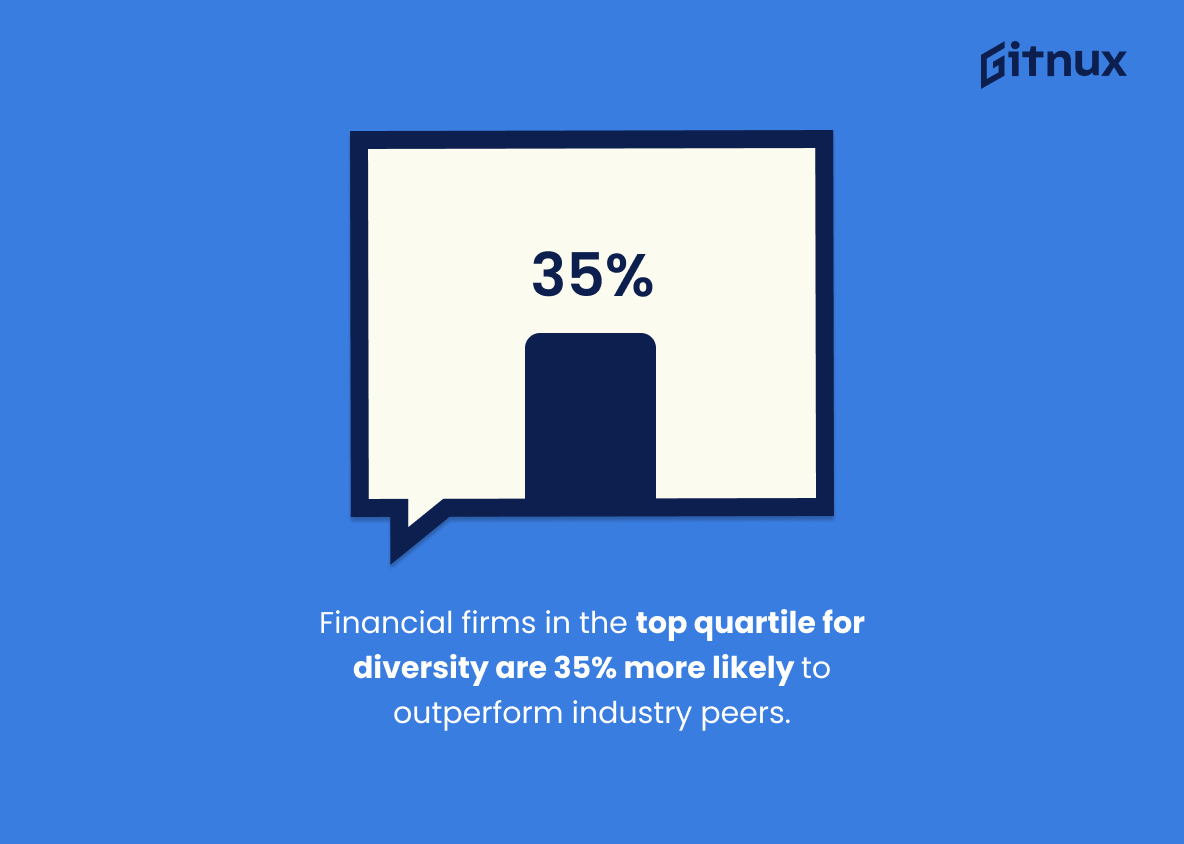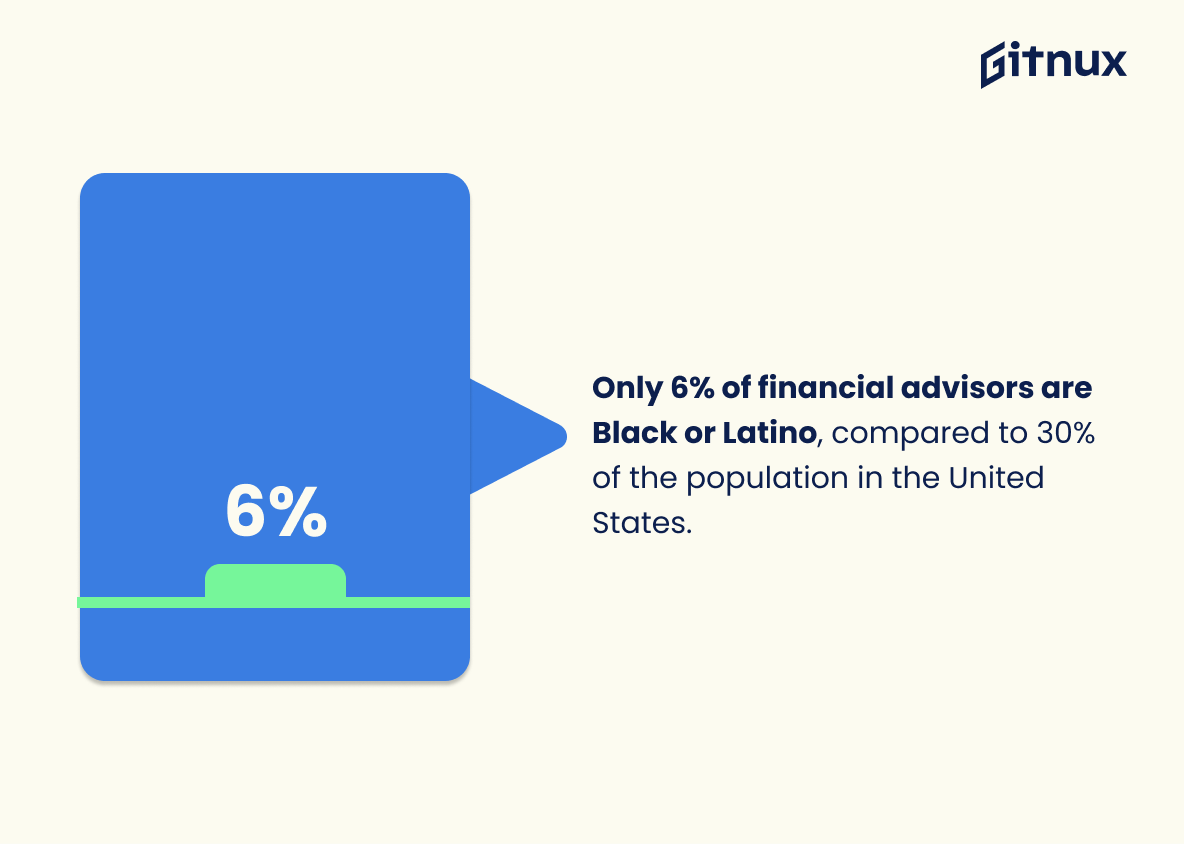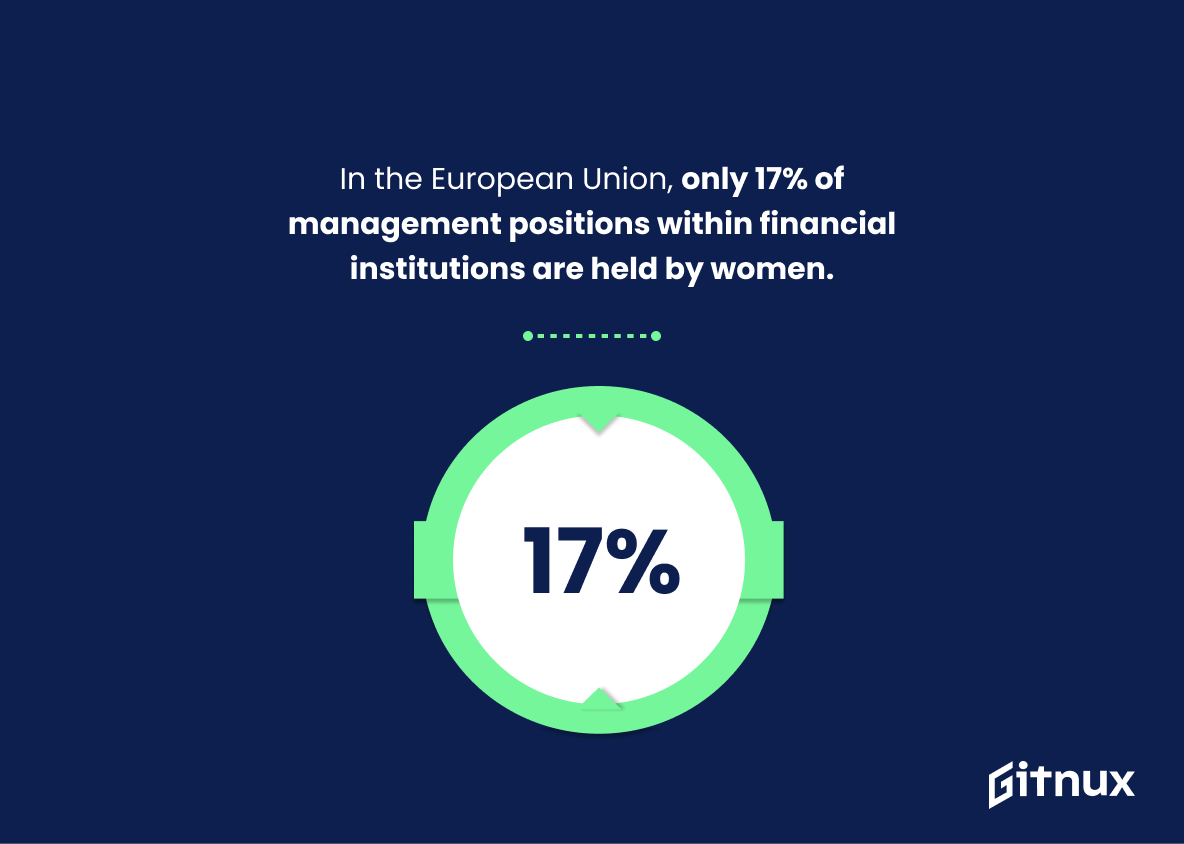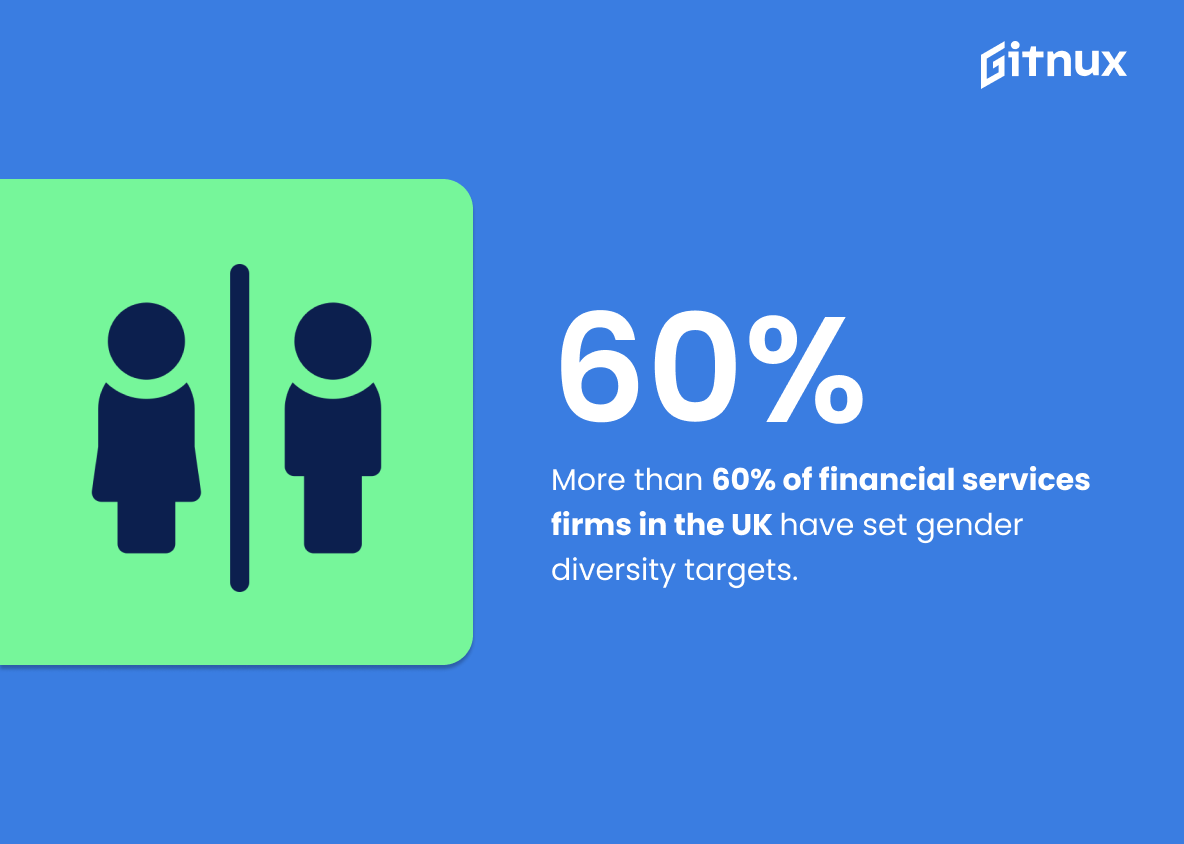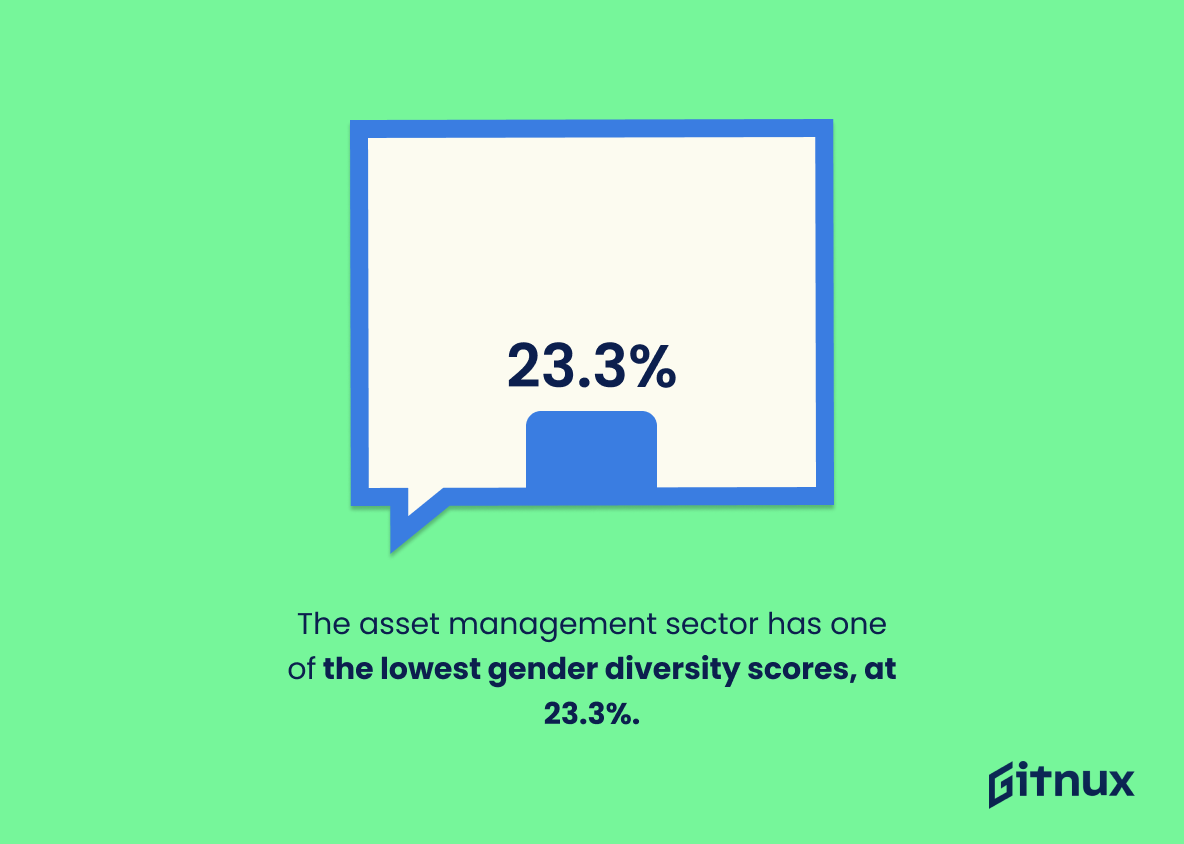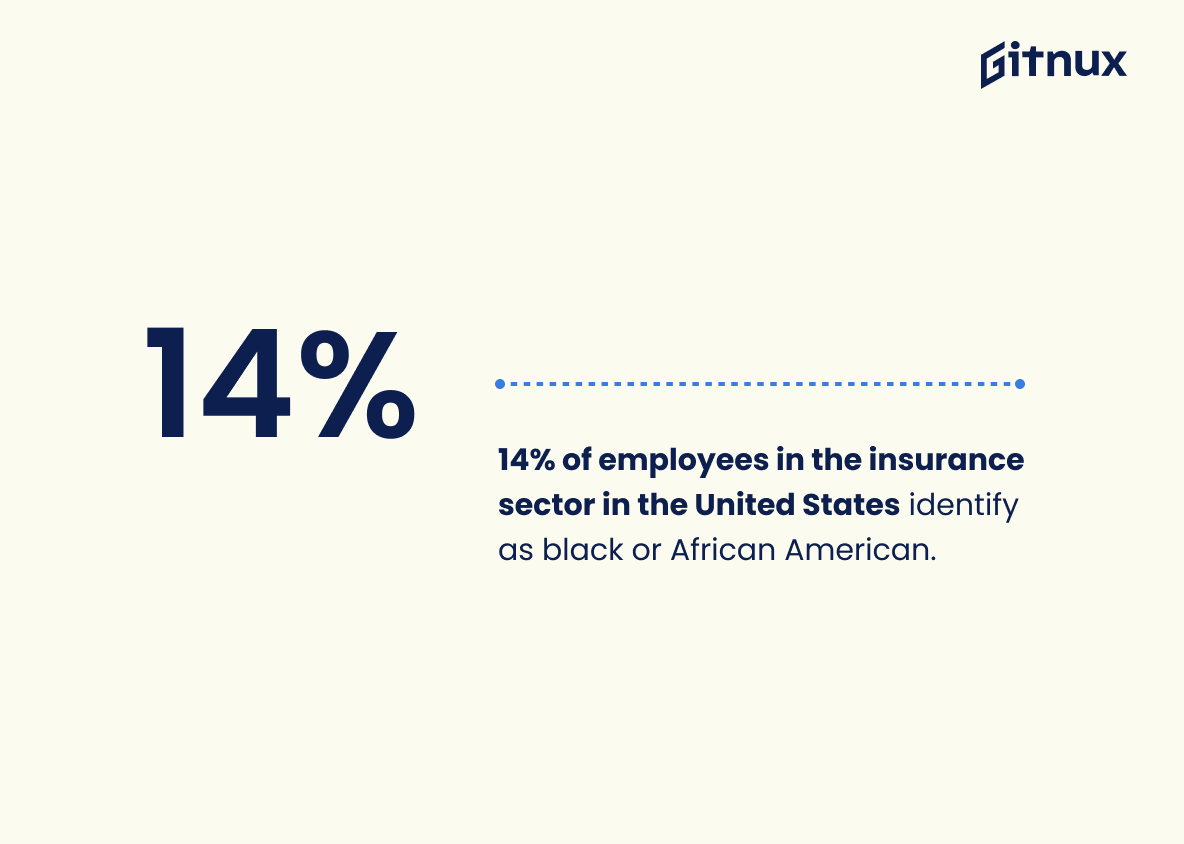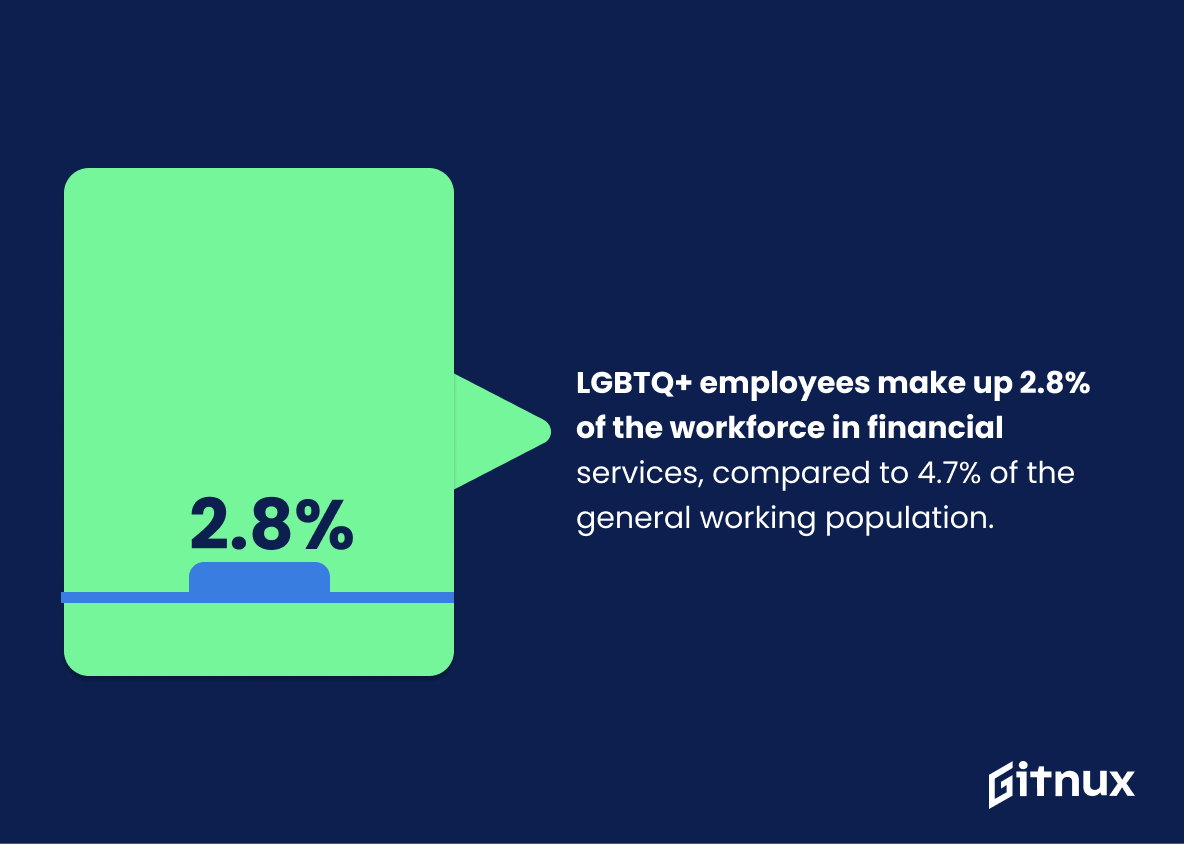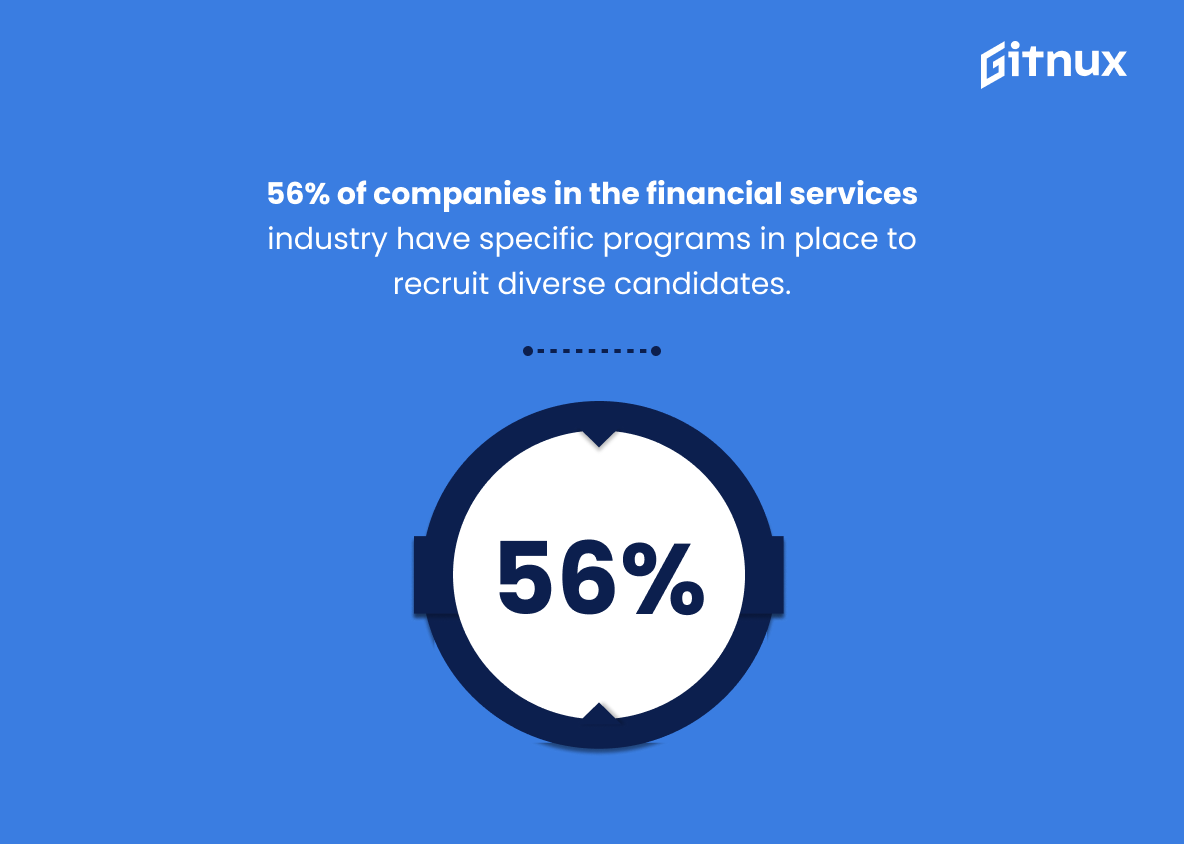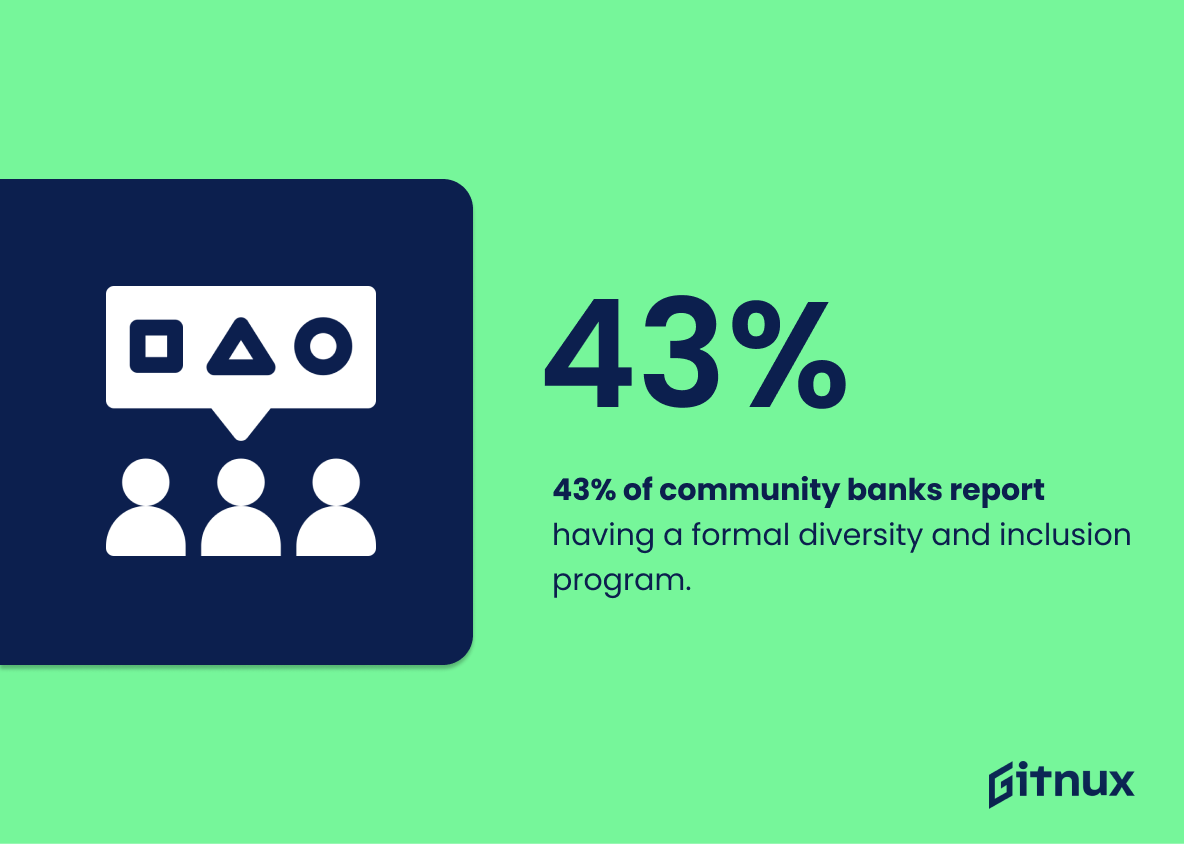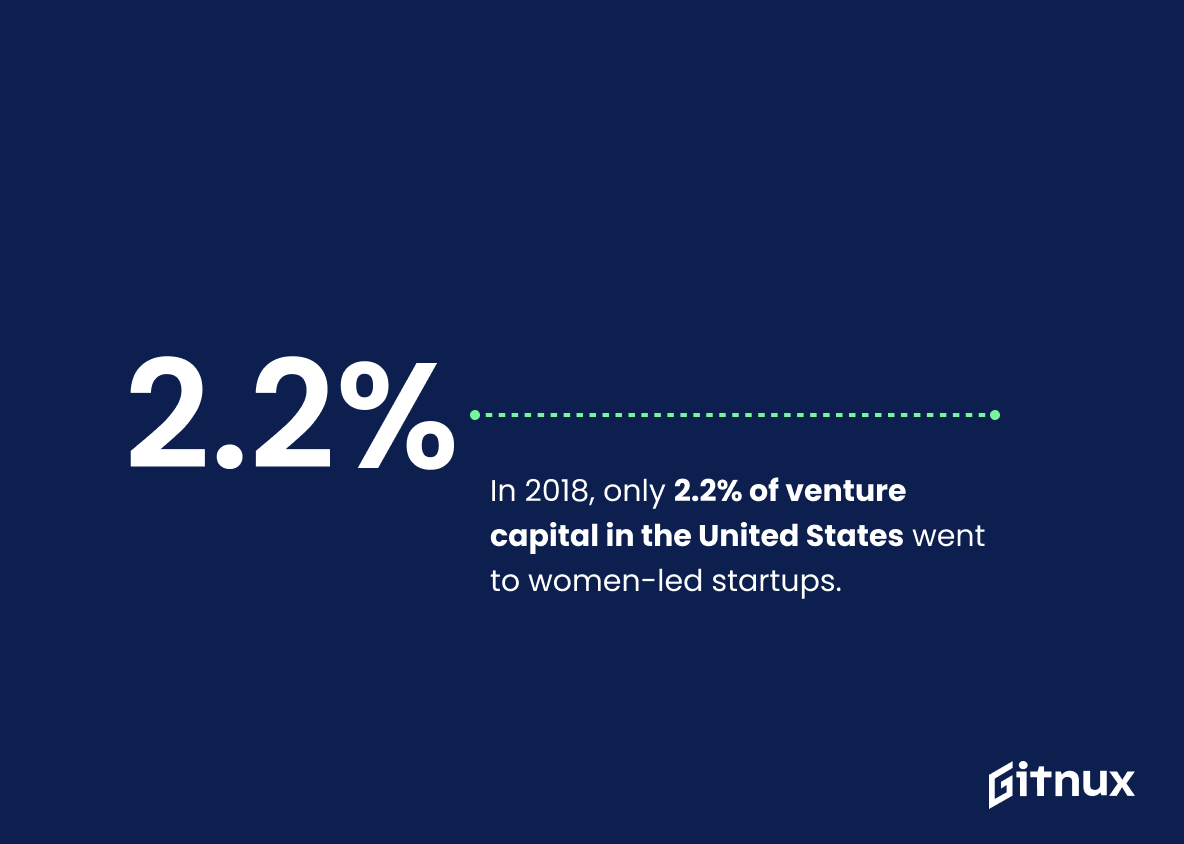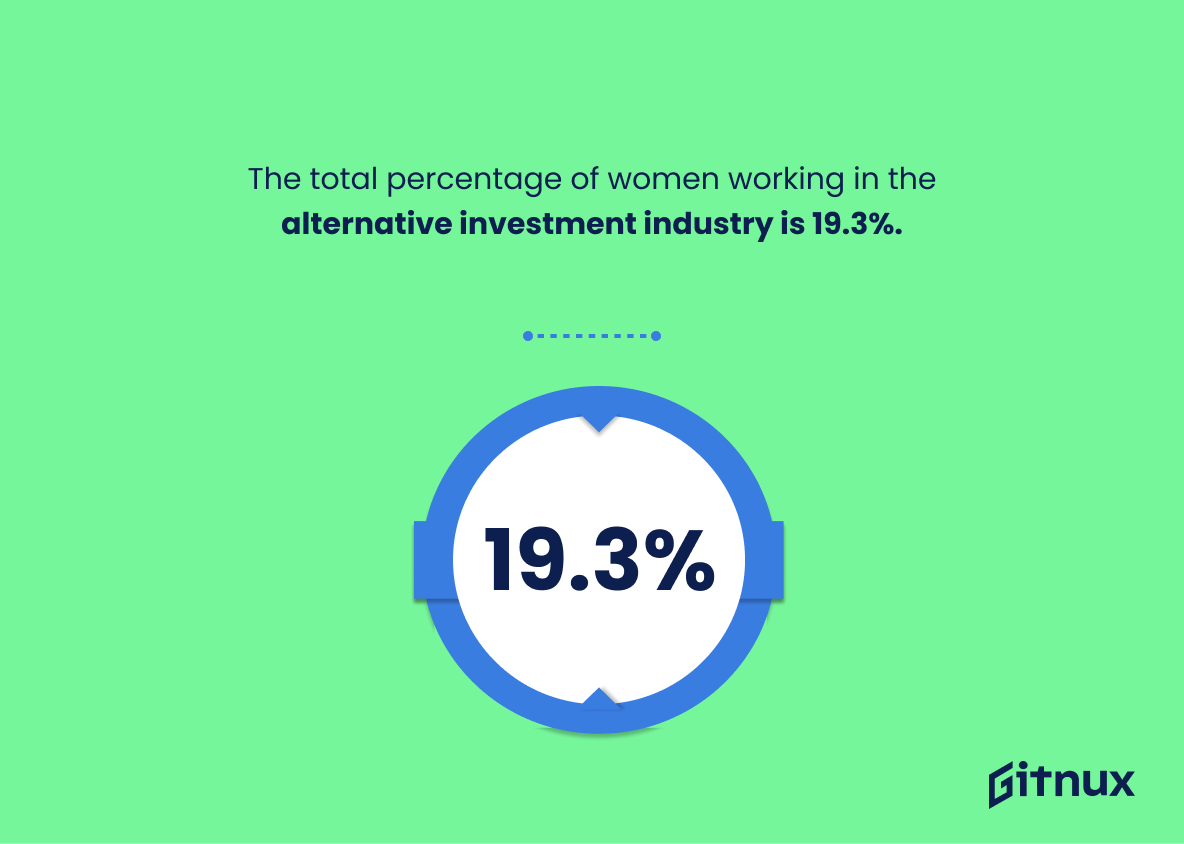Diversity in the financial services sector is an important issue that has been gaining attention in recent years. Despite making up a significant portion of the U.S. population, Black, Hispanic and other underrepresented groups make up only 14.6% of employees within this industry according to one statistic from Deloitte US Financial Services Insights (https://www2.deloitte.com/content/dam/Deloitte/us/Documents/financial-services/us-fsi-Making-the-mix-work-pov.pdf). Women are also significantly underrepresented at senior management levels with just 29% holding these positions despite comprising 50% of all employees in the sector as reported by Oliver Wyman Hubs Gender Diversity (https://www.oliverwyman
Financial Services Diversity Statistics Overview
As of 2020, there were 27 African American executives in the C-suites of 400 financial services firms.
This statistic is a stark reminder of the lack of diversity in the financial services industry. With only 27 African American executives in the C-suites of 400 financial services firms, it is clear that there is still a long way to go in terms of achieving true diversity in the sector.
Financial services companies in the top quartile for ethnic and racial diversity are 35% more likely to outperform their industry median.
This statistic is a powerful indicator of the potential benefits of increased diversity in the financial services industry. It shows that companies that prioritize diversity are more likely to outperform their peers, demonstrating the tangible value of creating an inclusive workplace. This statistic is a compelling argument for why financial services companies should strive to create a more diverse and equitable environment.
In the UK, there has been an increase of 18% in the number of women on boards of financial services firms since 2016.
This statistic is a testament to the progress that has been made in the financial services industry in terms of increasing diversity. It shows that there has been a concerted effort to ensure that women are represented on boards of financial services firms, and that this effort is paying off. This is an encouraging sign that the industry is taking steps to ensure that all voices are heard and that everyone has an equal opportunity to contribute to the success of the sector.
Only 6% of financial advisors are Black or Latino, compared to 30% of the population in the United States.
This statistic is a stark reminder of the lack of diversity in the financial services industry. It highlights the fact that the majority of financial advisors are not representative of the population of the United States, which is largely made up of Black and Latino people. This lack of representation can lead to a lack of trust and understanding between financial advisors and their clients, as well as a lack of access to financial services for minority communities. This statistic is a call to action for the financial services industry to take steps to increase diversity and ensure that everyone has access to the same financial opportunities.
In the European Union, only 17% of management positions within financial institutions are held by women.
This statistic is a stark reminder of the gender disparity that exists in the financial services industry. It highlights the fact that women are significantly underrepresented in management positions, and that there is still a long way to go in terms of achieving gender equality in the sector. This statistic is a call to action for financial institutions to take steps to ensure that women are given equal opportunities to progress in their careers.
More than 60% of financial services firms in the UK have set gender diversity targets.
This statistic is a testament to the fact that the financial services industry is taking gender diversity seriously. It shows that the majority of firms are actively striving to create a more equitable workplace, and that they are taking tangible steps to make this a reality. This is an encouraging sign for those who are passionate about promoting diversity in the financial services sector, and it is a reminder that progress is being made.
The asset management sector has one of the lowest gender diversity scores, at 23.3%.
This statistic is a stark reminder of the lack of gender diversity in the asset management sector. It highlights the need for greater representation of women in this field, and serves as a call to action for companies to take steps to ensure that their workforce is more balanced. It also speaks to the importance of creating an inclusive environment that encourages and supports women in the financial services industry.
14% of employees in the insurance sector in the United States identify as black or African American.
This statistic is a powerful reminder of the need for greater diversity in the insurance sector in the United States. It highlights the fact that, despite the progress made in recent years, there is still a long way to go in terms of achieving true representation of black and African American employees in the industry. This statistic serves as a call to action for companies to take steps to ensure that their workforce is reflective of the population they serve.
LGBTQ+ employees make up 2.8% of the workforce in financial services, compared to 4.7% of the general working population.
This statistic serves as a stark reminder that the financial services industry is lagging behind the general working population when it comes to LGBTQ+ representation. It highlights the need for greater efforts to be made to ensure that the financial services sector is a more inclusive and diverse environment for all.
56% of companies in the financial services industry have specific programs in place to recruit diverse candidates.
This statistic is indicative of the progress being made in the financial services industry towards creating a more diverse and inclusive workplace. It shows that a majority of companies are taking proactive steps to ensure that their recruitment processes are open to candidates from all backgrounds, and that they are actively seeking to create a more diverse workforce. This is an important step in the right direction, and one that should be celebrated and encouraged.
43% of community banks report having a formal diversity and inclusion program.
This statistic is indicative of the progress being made in the financial services industry towards greater diversity and inclusion. It shows that a significant portion of community banks are taking steps to create a more equitable and inclusive environment for their employees and customers. This is an encouraging sign that the industry is taking the issue of diversity and inclusion seriously and is actively working to create a more diverse and inclusive workplace.
35% of venture capital firms have a female partner.
This statistic is a powerful indicator of the progress being made towards gender equality in the financial services industry. It shows that the venture capital sector is taking steps to ensure that women are represented in leadership roles, and that the industry is becoming more inclusive. This is an important step in creating a more diverse and equitable financial services industry, and it is encouraging to see that progress is being made.
In 2018, only 2.2% of venture capital in the United States went to women-led startups.
This statistic is a stark reminder of the lack of financial support for women-led startups in the United States. It highlights the need for greater diversity in the financial services industry, and the need for more equitable access to capital for female entrepreneurs. It is a call to action for financial institutions to take steps to ensure that women-led startups are given the same opportunities as their male counterparts.
91% of fintech employees in the United States are white or Asian.
This statistic is a stark reminder of the lack of diversity in the fintech industry in the United States. It highlights the need for greater representation of minority groups in the sector, as well as the need for more inclusive hiring practices. It also serves as a reminder that the financial services industry has a long way to go in terms of creating a more equitable and diverse workplace.
The total percentage of women working in the alternative investment industry is 19.3%.
This statistic is a stark reminder of the gender disparity that exists in the alternative investment industry. It highlights the need for greater efforts to be made to ensure that women are given equal opportunities to succeed in this field. It also serves as a reminder that there is still a long way to go in terms of achieving true diversity and inclusion in the financial services sector.
Conclusion
The statistics presented in this blog post demonstrate the need for greater diversity and inclusion within the financial services sector. Despite making up half of all employees, women are significantly underrepresented in senior management roles across many industries. Similarly, Black and Hispanic individuals make up a much smaller percentage of financial services employees than their representation in the U.S population would suggest. Additionally, LGBTQ+ people are also largely absent from leadership positions within these organizations.
These disparities have been linked to lower performance outcomes among companies that lack diverse workforces; however, there is evidence that firms with higher levels of diversity tend to outperform those without it by 35%. Furthermore, more than 60% of UK-based financial institutions have set gender targets as part of their commitment to increasing workplace equality – an encouraging sign for progress towards achieving true parity between genders at all levels within these organizations.
Overall, while some strides have been made towards improving diversity and inclusion practices throughout the industry over recent years – such as increased recruitment efforts targeting minority groups – there is still significant room for improvement when it comes to creating truly equitable workplaces where everyone can thrive regardless of race or gender identity/expression
References
0. – https://www.businesswire.com
1. – https://www.caia.org
2. – https://www.hbr.org
3. – https://www.ec.europa.eu
4. – https://www.home.kpmg
5. – https://www.allraise.org
6. – https://www.independentbanker.org
7. – https://www.outandequal.org
8. – https://www..deloitte.com
9. – https://www.oliverwyman.com
10. – https://www.edition.cnn.com
11. – https://www.naic.org
12. – https://www.forbes.com
13. – https://www.mckinsey.com

